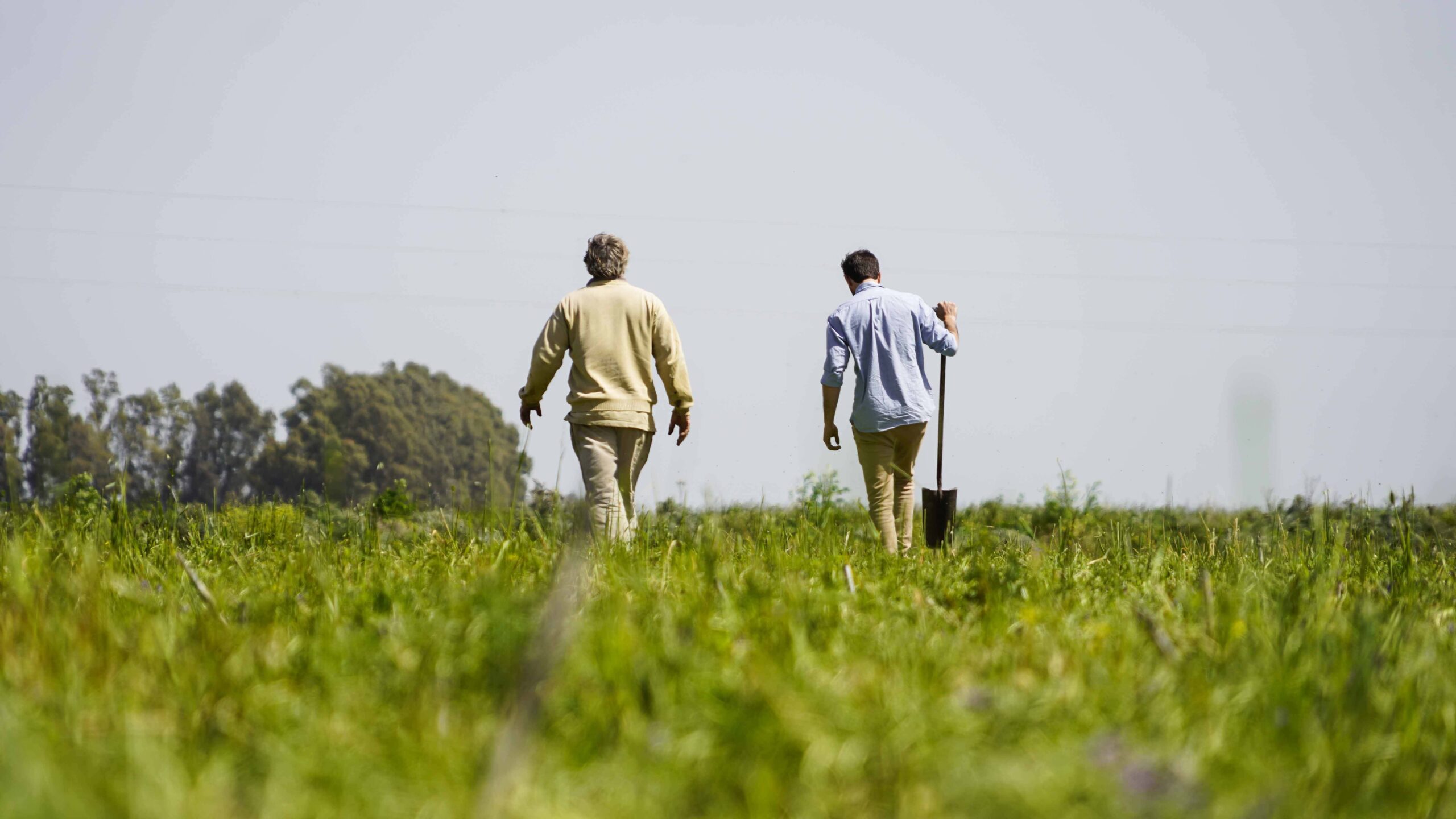Home – Case Studies – Regenerative Agriculture in South America
Regenerative Agriculture in South America

Home – Case Studies – Regenerative Agriculture in South America

Extreme weather events are rapidly increasing worldwide. Argentina has been dealing with the worst drought in 130 years over the last years. Millions of hectares are degraded: no grass, no water, no bugs, no life, thus no production and no carbon sequestration. This partially has to do with the conventional way of farming and grazing management, resulting in soil degradation. Regenerative agriculture can be a great solution to reverse soil degradation and shift towards regeneration.









Regenerative grazing is a sustainable farming practice that mimics the natural grazing patterns of wild herbivore herds. By strategically moving livestock across pastures, farmers can restore degraded land, improve soil health, and enhance biodiversity. This method involves simulating the behavior of wild herds, which are constantly on the move, densely packed against predators. The herd eats, tramples and fertilizes patches of grassland for a few days before moving on. This allows the land to rest and recover, resulting in deeper root structures of the vegetation and increased microbial activity. Only when the land has recovered sufficiently, the herd will come back to eat, trample and fertilize it again.
This symbiotic relationship between animals and grasses has evolved over millions of years and is crucial for healthy grasslands. Unfortunately, many modern livestock systems operate in the opposite way, with continuous grazing and reliance on external feeding inputs. This can have devastating consequences, such as deforestation and soil degradation.
To successfully implement regenerative grazing, careful planning is essential. Farmers must determine where the animals will be, when they will graze, and for how long. Factors influencing that decision include, but are not limited to, climatic variables, weather, soil characteristics, and the number of people working on the farm. Some of the factors, like weather, are sometimes unpredictable and warrant changes to the grazing plans at short notice. The regenerative grazing practice and plan allow for these changes and to adapt to changing circumstances to optimally manage the vegetation available at the farm and the herd.
Ruuts and Anthesis are developing a large-scale VERRA carbon programme that will aid farmers to transition from their conventional practices to regenerative practices, in particular regenerative grazing. Financing and rewarding this transition are of key importance to ignite that switch. Based on expressions of interest, we expect to add over 500,000 hectares to the programme which will generate over 1 million tonnes of CO2 removed per year. We are aiming for a true paradigm shift.
The SARA team is open to learn and wants to continuously improve. In case any dispute or grievance may arise during or due to the program implementation, please share these with info@anthesisgroup.nl, Geert.eenhoorn@anthesisgroup.com or Teun.smorenburg@anthesisgroup.com. The procedure used by the SARA team to address the disputes and grievances is described in the document here. Whenever the first dispute or grievance is received, both the dispute/grievance as well as the resolution found shall be made publicly available, in accordance with the requirements of Verra’s Voluntary Carbon Standard.
We are the world’s leading purpose driven, digitally enabled, science-based activator. And always welcome inquiries and partnerships to drive positive change together.